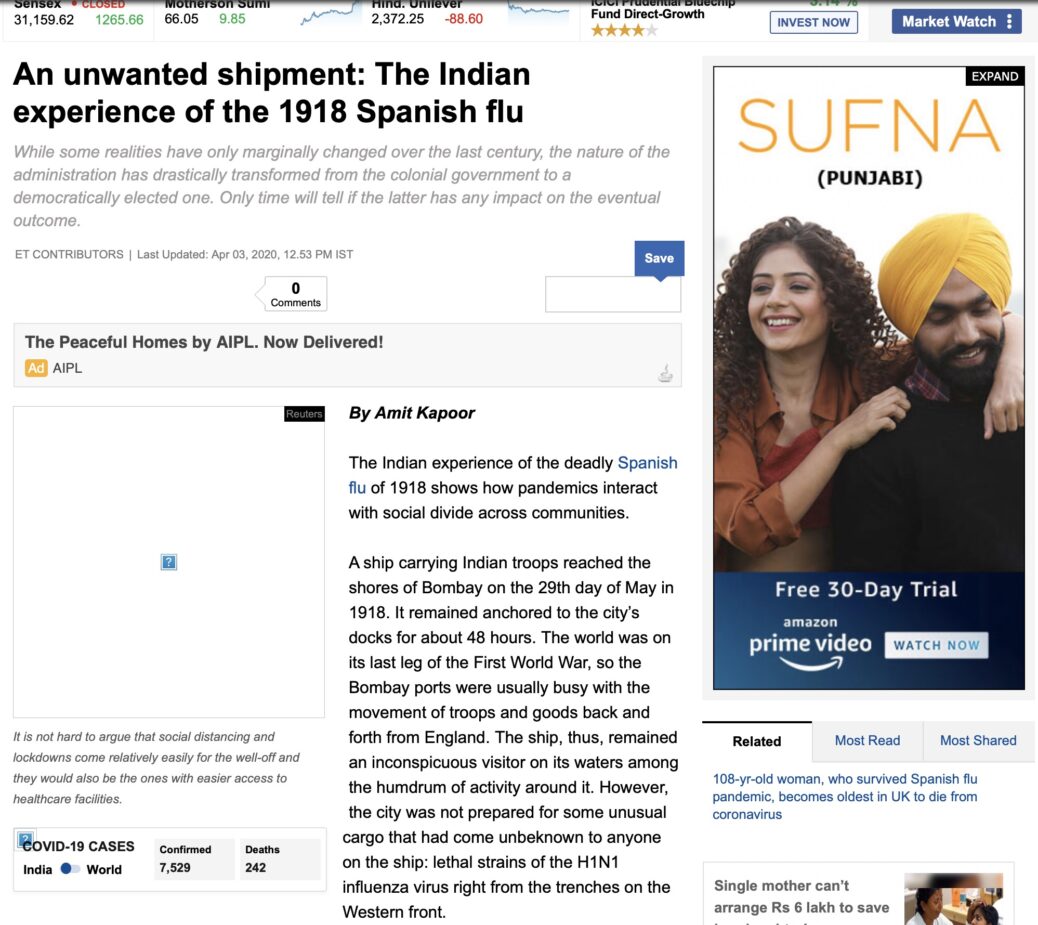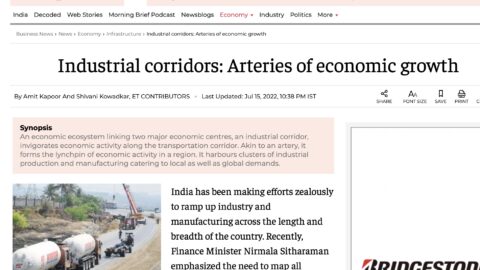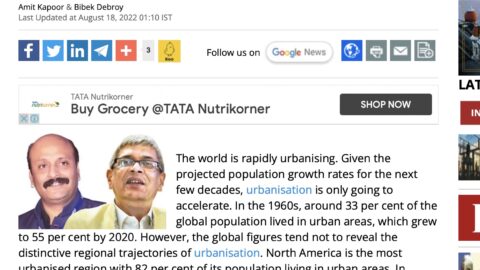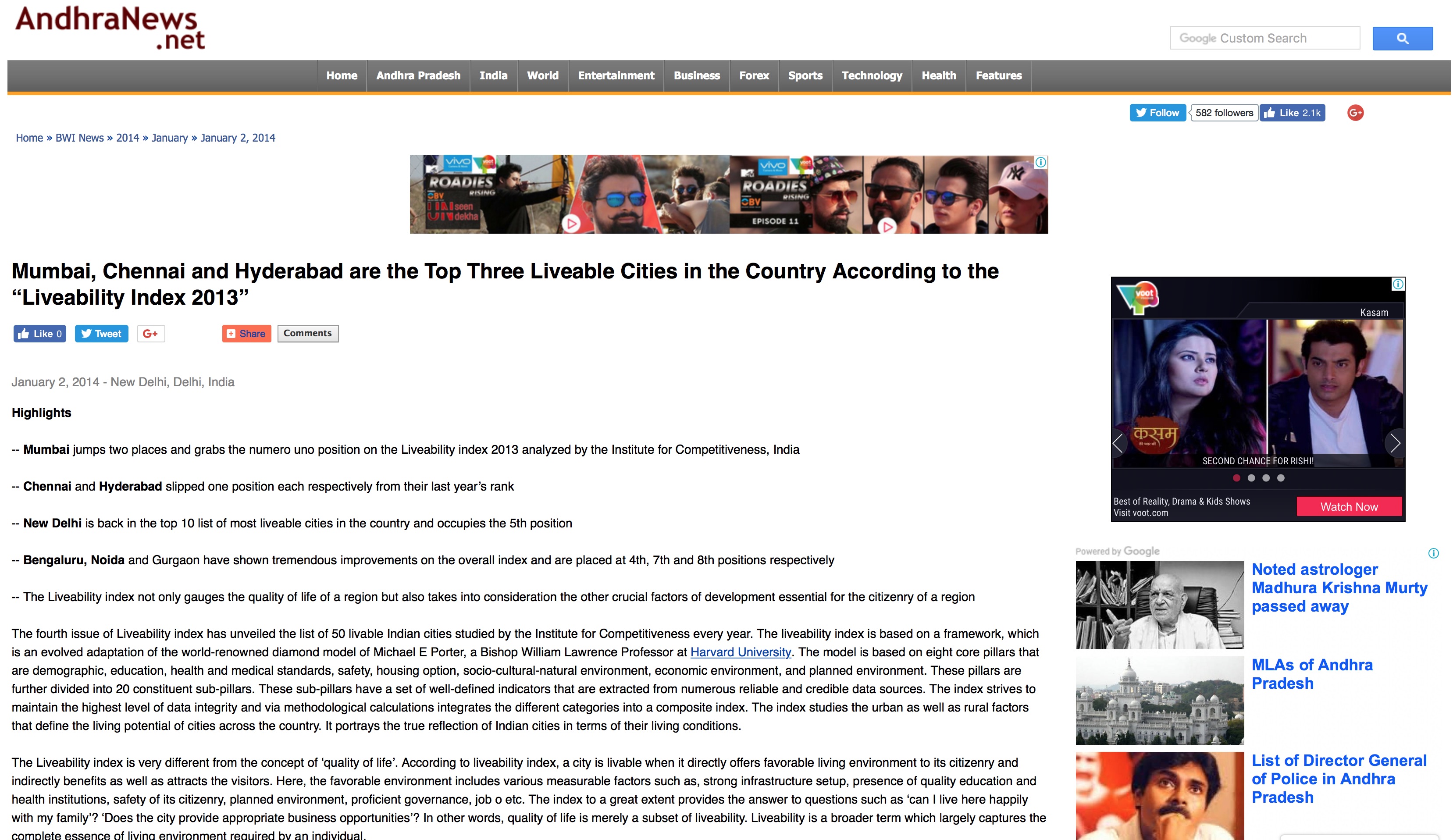The Indian experience of the deadly Spanish flu of 1918 shows how pandemics interact with social divide across communities
A ship carrying Indian troops reached the shores of Bombay on the 29th day of May in 1918. It remained anchored to the city’s docks for about 48 hours. The world was on its last leg of the First World War, so the Bombay ports were usually busy with the movement of troops and goods back and forth from England. The ship, thus, remained an inconspicuous visitor on its waters among the humdrum of activity around it. However, the city was not prepared for some unusual cargo that had come unbeknown to anyone on the ship: lethal strains of the H1N1 influenza virus right from the trenches on the Western front.
On June 10, seven police sepoys, one of whom was posted at the docks, were hospitalised with what appeared to be influenza. They were India’s first cases of the highly infectious Spanish flu that was rapidly sweeping across the world at the time. Bombay was soon crippled by the virus and railway lines carried it to different corners of the country. By the end of 1920, the pandemic claimed somewhere between 50 to 100 million lives globally – possibly more than both the world wars combined. India was the country that bore the greatest burden suffering an estimated 18 million casualties, which accounted for about 6 percent of the country’s population at the time.
Such flu pandemics have a peculiar characteristic of engulfing the world in waves. The first wave is usually mild and resembles the seasonal flu. In the Spanish flu pandemic this wave lasted till July. Then, a second more lethal wave takes over, which began in September and lasted until the end of the year in 1918. The subsequent waves vary in virulence. A final wave of the Spanish flu was witnessed in the early months of 1919 and disease finally vanished by March 1920.
From the hilltops of Shimla to the isolated villages of Bihar, no part of the country remained unaffected. The speed and extent of the fatalities was overwhelming. In Bombay, 768 people died in a single day on the 6th of October in 1918. The Hindi poet, Suryakant Tripathi, popularly known as Nirala, wrote in his memoirs that “Ganga was swollen with dead bodies.” He lost his wife and many members of his family to the flu but could not find enough wood to perform their last rites. A report released by the sanitary commissioner in 1918 later documented that it was not just Ganga that was clogged up with bodies, but all rivers across India.
Even Gandhi, who was gaining recognition among intellectual circles as a future leader, came down with the flu in its second wave. “All interest in living had ceased,” he later wrote in his autobiography. For a variety of reasons, the second wave proved particularly fatal for India. While the mortality rate for the epidemic stood at 4.7 per 1,000 people in Britain, India’s mortality rate climbed to 20.6 per 1,000 people. The country’s poor healthcare infrastructure had a key role to play in creating the disparity. But the arrival of the flu also coincided with a drought in 1918, which led to a famine in large parts of the country. Since, hunger weakens the immune system of the body, it made large segments of the population vulnerable to the virus. The colonial regime made matters worse. Despite the famine and the epidemic, Indian-grown food continued to supply the war efforts on the British front lines. Doctors were also away for the war.
There were other anomalies in the Indian experience with the Spanish flu as well. India was the only country where more women died than men across all age groups. It is hard to explain why that was the case. The trend might have been due to the fact that women usually ate less well than men in the average Indian household as the latter gender was prioritised in case there was limitation of food. So, the women were more likely to be malnourished. Moreover, women were more likely to treat the sick and, hence, more prone to the disease.
Apart from gender, the divisions in mortality rates from the Spanish flu also ran across community lines. The mortality numbers from the second wave show the stark impact that birth and affluence can have on surviving an epidemic. Over 61 lower caste Hindus died per 1,000 in the community while merely 18.9 caste Hindus (sic) per 1,000 from the community lost their lives. The same figure for Europeans living in India at the time stood at 8.3. Since the lower caste Hindus were mostly engaged as sweepers and scavengers, it made them highly vulnerable to the spread of the virus. Also, they were usually housed in crowded, unhygienic conditions, and had less access to medical facilities.
While exposing the deep vulnerabilities that existed across colonial India, the flu left some long-lasting effects as well. The British found them incapable of handling a crisis at this scale. So, a lot of local and caste organisations collectively mobilised themselves to assist relief efforts. Such grassroot organisations had existed across India for a while but the flu united them across the country for a single cause. As a result, it was after this crisis that leaders like Gandhi managed to garner support of the grassroot organisations for the national movement as well. Thus, the Spanish flu in its sinister aftermath had a key role to play in paving the way for the freedom movement.
India has progressed a lot since the ship carrying the deadly virus docked on the shores of Bombay a century ago. But as another virus – this time from the East – wreaks havoc across the globe in 2020, India should look back to let history not repeat itself. The gender and class divide still run deep across Indian society. It is not hard to argue that social distancing and lockdowns come relatively easily for the well-off and they would also be the ones with easier access to healthcare facilities. While this reality has only marginally changed over the last century, the nature of the administration has drastically transformed from the colonial government to a democratically elected one. Only time will tell if the latter has any impact on the eventual outcome.
The article was published with Economic Times on April 3, 2020.
























